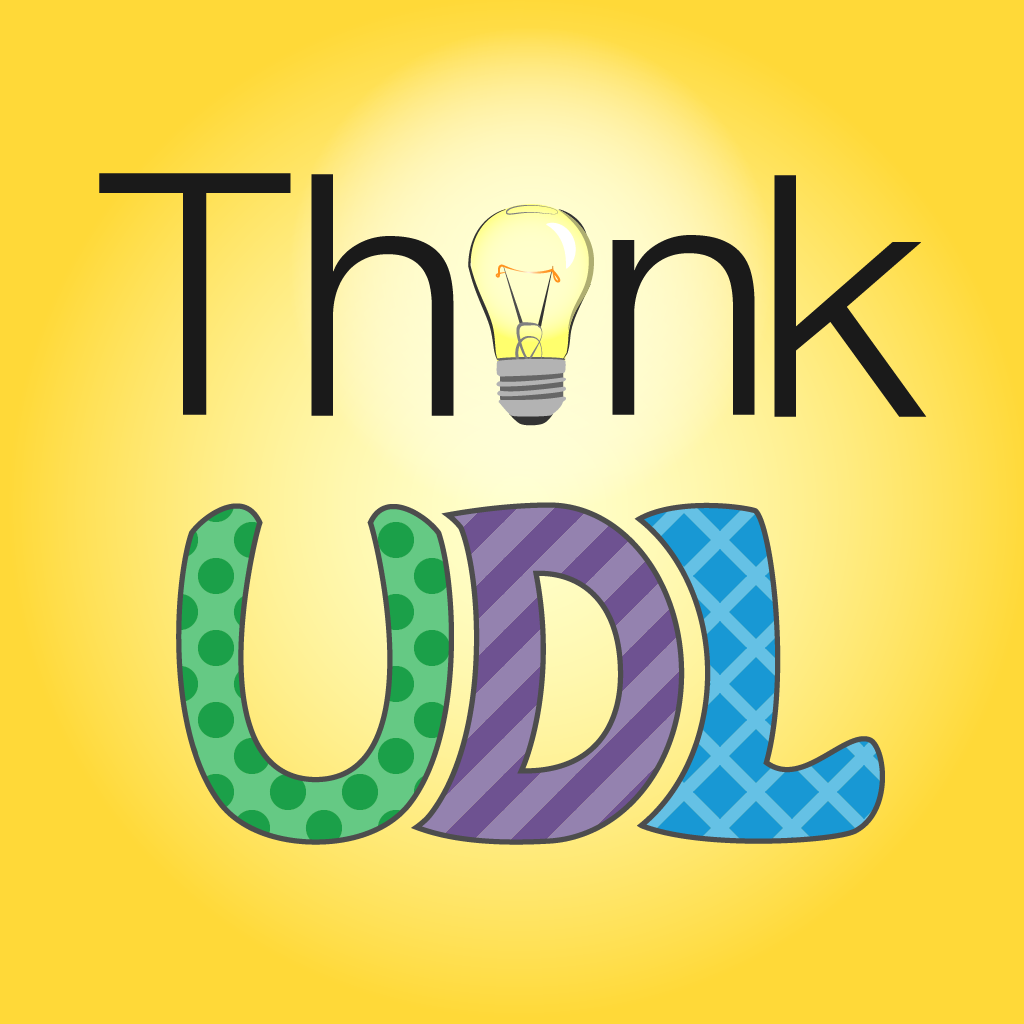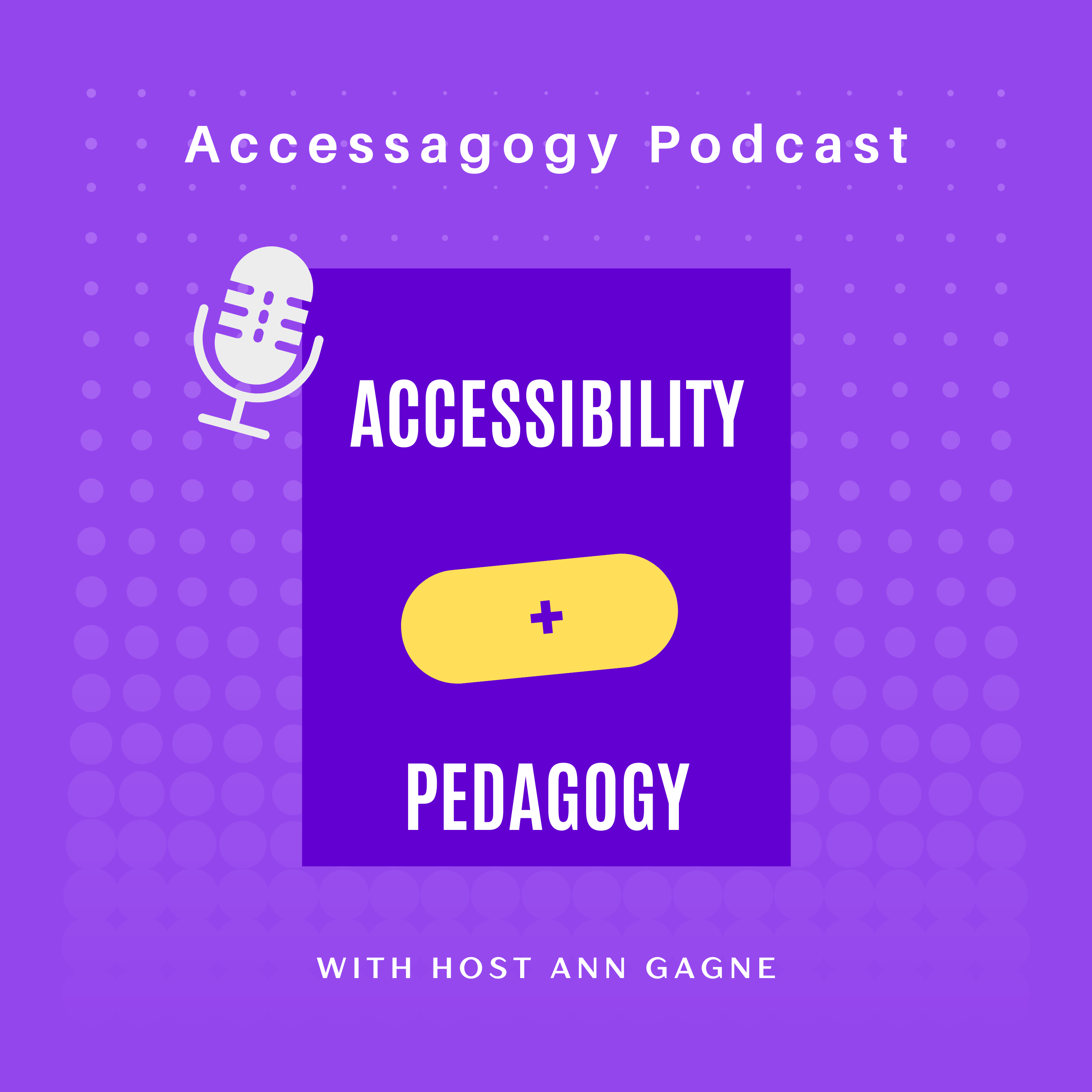
Create. Share. Engage.
Portfolios for learning and more brought to you by the Mahara team at Catalyst IT. Host Kristina Hoeppner talks with portfolio practitioners, researchers, learning designers, students, and others about their portfolio story.
Create. Share. Engage.
Kristina Hoeppner: Making connections and sharing the passion for portfolio work
In this episode, podcast host, Kristina Hoeppner, MA, from Catalyst IT, picks out a few memorable situations from her recent trip to Europe in September and early October 2025.
Resources
- MoodleMoot DACH
- MoodleMoot Global 2025
- Kawaiicon
- Mahara UX review 2024
- Mahara refresh mock-ups
- CPD enhancements
- Mahara subscription
- 'Mahara Ask Me Anything' sessions
Subscribe to the monthly newsletter about Mahara and portfolios.
Production information
Production: Catalyst IT
Host: Kristina Hoeppner
Artwork: Evonne Cheung
Music: The Mahara tune by Josh Woodward
Welcome to 'Create. Share. Engage.' This is the podcast about portfolios for learning and more for educators, learning designers, and managers keen on integrating portfolios with their education and professional development practices. 'Create. Share. Engage.' is brought to you by the Mahara team at Catalyst IT. My name is Kristina Hoeppner. Today, it's just going to be me in this episode as I'd like to share a few thoughts about my recent trip to Europe with you. I had the opportunity to participate in MoodleMoot DACH, the MoodleMoot for Germany, Austria, and Switzerland that was held in northern Germany this year. This unconference was not only attended by German speakers though, but a very international crowd that found their way to Lübeck at the start of September to participate in this unconference, where participants suggest sessions each day, and it was very much about sharing and collaborating all the time. I didn't participate in the two developer days that preceded the unconference, but heard wonderful things about it with developers creating new plugins or making progress on code they had been stuck at previously. If you happen to be a Moodle developer, this would definitely be an event you might like to check out for next year when it'll be held in Switzerland. It was really good to catch-up with people that also use Mahara, especially with those that I knew would not attend MoodleMoot Global a few days later in Scotland, and whom I wouldn't be able to see at other meetings during this trip. One special person I met again after many years was Andrew Lyons, who was an early contributor to Mahara when he worked in the UK, but whom I first met in person only in January 2014 when I attended a conference in Perth, Australia, as he had started to work for Moodle HQ by that time. I really enjoyed sitting in on sessions and learning about the new Moodle design system, how Moodle does automated testing, which is similar to our Behat test suite in principle, and also what AI conversations are had in the Moodle community. Stepping outside of the Mahara and wider portfolio community and attending events such as this allows me to reflect on our own practices and think about whether we should discuss some of the presented ideas. That's also why I like to attend Kawaiicon, an information security conference, because InfoSec is important in every software project. Learning about the nefarious ways that systems can be exploited helps being vigilant and also helps me get and the rest of the team get ideas of tools or processes to investigate further for our own work. Sure, at the conference, nobody really talks about Mahara because it is an information security conference, however, there are talks that can impact the work that we do, and therefore ideas are shared that we can or should be following up on. At MoodleMoot DACH, for example, the introduction of the new Moodle design system reminded me of the conversations that we've had In the Mahara team several years ago now, on how to support developers in creating consistent visual elements. One of our team members had developed a style guide that allowed for easy copying of code. The wonderful thing about that style guide was also that it automatically adapted to the theme in which you viewed the site. Keeping things consistent helps reducing cognitive load and thus contributes to improved accessibility of Mahara. The consistent use of visual elements across the entire platform is currently at the forefront of our development work with the refresh of the Mahara look and feel. This is an enormous undertaking for our entire team because pretty much every single page in Mahara needs to be converted to the new design. Throughout my travels, I could demo the progress of this work to our community members and was very chuffed that everybody likes it and is looking forward to the changes. This is a wonderful acknowledgement of all the work that has already gone into this project, starting with informal chats and dedicated interviews that our business analyst Rob Hill conducted with students, learning designers, instructors, and staff from support companies. These along then with Rob's own review of the information architecture of Mahara, resulted in the consolidation of the look and feel for Mahara across all of our screens. Over the years, we have experimented with new ideas in different areas of Mahara, but have not always carried these ideas through in all areas of the platform. That has resulted in a number of inconsistencies that we are now tackling. It's good to establish a new baseline. The redesign project is led by our graphic designer Evonne Cheung and developer Doris Tam. Phil Sainty, Yvonne Waterman, and also our tech lead, Robert Lyon, are involved in updating the code to support the new design. Our QA tester Mark Aiono tests changes incrementally where possible, but the majority of the testing will be done next year, when all the components have been converted. I'm not going to get into the intricate technical details now of this project, but suffice it to say, it's a massive undertaking. We'll continue to demo the changes, and I'm planning on making a recording before the holidays to showcase the progress. We usually also show off the design at our 'Mahara - Ask Me Anything' sessions, the AMA, to everybody who's interested in seeing the latest changes. The last sessions for this year will be held the first one next week, on the 25th of November and then another one on the 17th of December in 2025. You can find the links to these sessions in the show notes. These AMA sessions are your chance to ask our Mahara team any questions live. We alternate the session times to make it possible for community members in different parts of the world to participate more easily. So I look forward to seeing you at one of the events, even if you don't actually have a concrete question. Sometimes people come along to listen to the questions of others, which I really love, because we often don't know what question we should ask, and lurking can be quite beneficial for such incident learning. But back to my travels in September and October. Together with a number of other Catalystas, I attended MoodleMoot Global in Edinburgh in Scotland. It was wonderful to catch up with our overseas colleagues and meet Mahara community members there as well. Whether I meet people at public events or at smaller meetings, it's so good to have in person conversations. Especially at a multi day event, there's the opportunity then to talk several times, share meals, and not just talk about work, as is generally the case in tightly scheduled online meetings. Whether in Scotland, Germany, Belgium, or Switzerland, which were my travel destinations this year for Mahara, everybody is very passionate about supporting their learners and getting the most out of the systems that they have. They also appreciated all the work that our team has put into Mahara and love the features and changes we've been able to make thanks to the financial contributions via the subscriptions and also other projects that clients funded. One of the big new features that I've also talked about a lot because I really love the feature and also what it means for portfolio work and how we can help track learning evidence more are the enhancements to the CPD functionality in Mahara. Thanks to funding from Monash University, we could create a visual overview for continuing professional development activities, along with a more structured categorisation of these activities, which allow portfolio authors and viewers to see in which categories most activities have taken place. When I show functionalities like these, it usually only takes a few seconds for my conversation partners to brainstorm how they could use that in their own portfolio work to document and then also to visualise learning better. This immediate thinking about how this could be useful shows to me that everybody I talk to is very passionate about their work in general, but also in particular about portfolios because the portfolios offer students the flexibility to personalise their learning and reflect on it to make sense of what they have learned. I find that with portfolios, we can see that educators put their learners first and also want to ensure that they can see themselves in what they learn, that it is relevant to their lives, or that they can make the connection to their lives, and thus make the learning more meaningful to them. So I'd like to thank everybody to whom I talked over the course of this trip, who has taken time to chat about portfolios and Mahara, shared their current work, as well as ideas for future projects, and not to forget shared laughs, a tea, or another beverage, lunch or dinner to make this trip one to remember. Now over to you. What do you want to try in your own portfolio practice or new feature to try in Mahara? This was Create. Share. Engage.' Head to our website, podcast.mahara.org, where you can find resources and the transcript for this episode. It would be great if you shared our podcast with a colleague of yours so they can listen as well. Until then, create, share, and engage.
Podcasts we love
Check out these other fine podcasts recommended by us, not an algorithm.

Agile Ed
Dr. Lindsay Richardson & Dr. Ashley Thompson
The Moodle Podcast
Moodle Podcast
Teaching in Higher Ed
Bonni Stachowiak
Think UDL
Think UDL
Accessagogy
Ann Gagne
